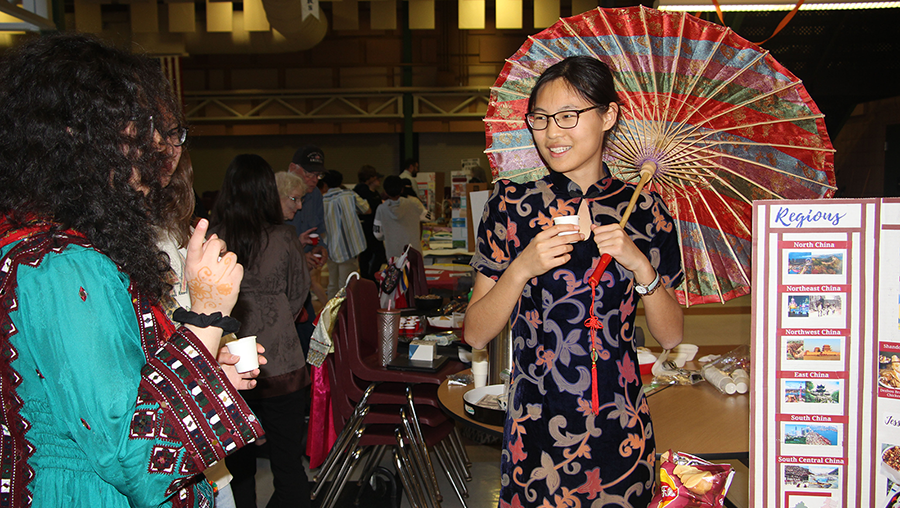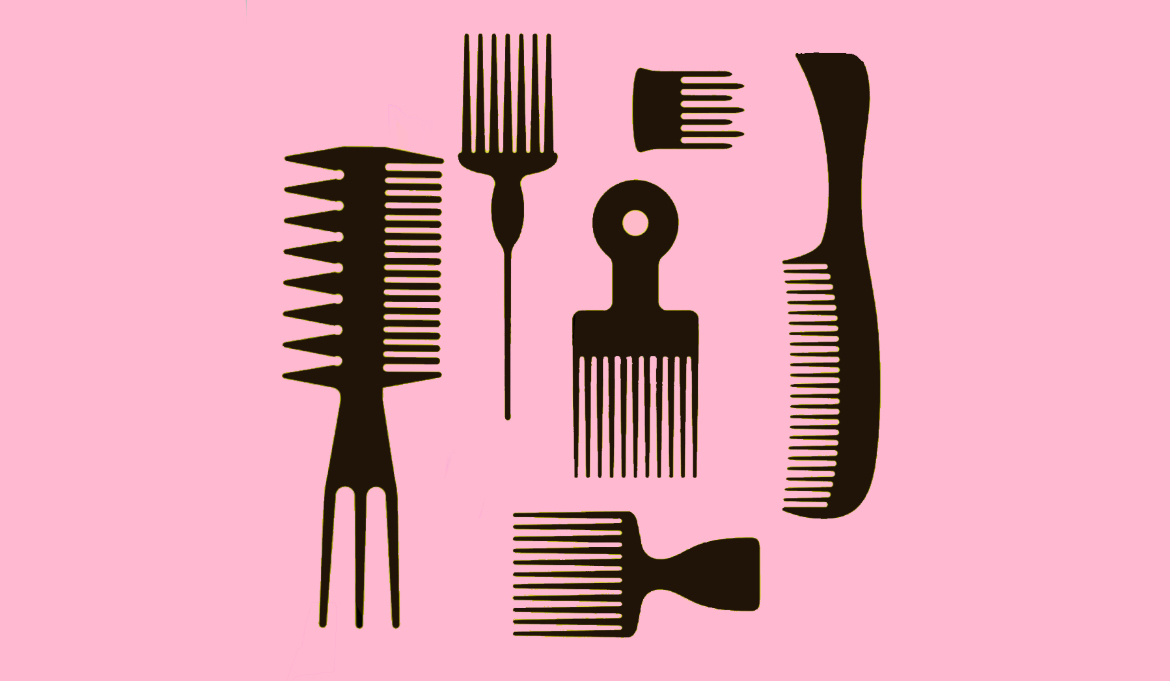In the interest of full disclosure, hair braider Ashley Armstrong is a family friend of this reporter.
Selam Habtu (’28) starts her day off as normal. She steps off the bus at 8 a.m. before school. She enters her first class to debut her new hairstyle: box braids. Going through the day as normal, to her surprise, she faintly feels one of her classmates run her hands through her hair without asking. That classmate gets to finish her day as normal. Habtu can’t.
This is the reality many Black women in predominately white spaces face each day.
According to the National Library of Medicine, hair discrimination is “negative stereotypes and attitudes manifested toward natural or black textured hairstyles.” Natural hair refers to textured hair that is typically worn by Black people, including locs, braids and afros. For decades, Black hairstyles were closely linked to unprofessionalism, which is an ongoing struggle the Black community encounters.
In 2019, the Create a Respectful and Open World for Natural Hair Act initiated the CROWN coalition to protect against hair-based discrimination in the workplace and in public schools. According to the CROWN Act, 86% of Black teen girls face hair discrimination in schools before the age of 12.
Although Habtu says the invasion of her personal space regarding hair happens often at Archer, she doesn’t feel the pressure some Black girls experience to wear their hair in certain traditionally white hairstyles.
“I don’t really feel that much pressure to wear my hair in a certain style,” Habtu said. “It honestly depends on my mood — just whatever I’m feeling that way.”
Sophomore Selah Johnson said she believes microaggressions at Archer about her hair come from a place of miseducation, rather than harmful intent.
“I know that people aren’t necessarily trying to hurt my feelings or make an uneducated comment, but I have experienced just kind of ignorant comments about my hair, especially anytime I change it,” Johnson said.

One of the most well-known cases of hair discrimination in schools is when Darryl George, a junior at Barbers Hill High School, in Texas, was suspended because of his hair. His school officials argued his dreadlocks fell below his eyebrows and earlobes, resulting in his respective school administrators claiming he was “out of dress code.” Hair discrimination in public schools and the workplace was outlawed in California in 2020, making it the first state to initiate the CROWN Act.
Habtu said spaces like the Black Student Union allow Black students to bond through their shared experiences, specifically through talking about hair.
“I’m proud to be able to have this type of hair and to be surrounded by other people who have this type of hair as well,” Habtu said. “It gives a sense of community.”
Hair braider Ashley Armstrong has been braiding hair since she was 15. She typically specializes in box braids, which are three-stranded braids with square-shaped parts. Box braids can be traced back to South Africa in 3500 B.C. Armstrong said she uses braids as a “go-to” style and a way for her to celebrate her Black culture.
“With my talent of braiding, it helps to celebrate my tradition of wearing braids because there are so many different styles of braids incorporated into Black culture,” Armstrong said. “Braids are a protective style to retain hair length and promote growth.”

Sophomore Isley Bonney said it’s important for schools to embrace the diversity of Black hairstyles and foster a safe community for Black students to wear their hair freely.
“It’s always really been important to me to wear natural braids. Every hair is different, which is a good thing, and everybody’s unique,” Bonney said. “That’s just kind of always been something that’s been important to me because it represents me and my culture.”
However, Johnson said although she feels Black hair is accepted at Archer, there is a lack of tangible action accompanying it. She pointed out a key difference between acceptance and celebration in the community.
“At Archer, Black hair is accepted because it’s kind of seen as one of our different norms, but I wouldn’t necessarily say celebrated, especially outside of [Black History Month],” Johnson said.
BSU plans, curates and presents the vast majority of Archer’s Black History Month programming. Johnson has been a member of BSU for two years and joined the board her sophomore year. She said Archer can feel like a community that celebrates Black hair, albeit only during February and not as much onwards.
“I would say the overall general school community wants to celebrate with us and wants to learn about our culture, but as we move into other months of the school year, I’d say that that desire to learn kind of diminishes,” Johnson said. “It’s more so kind of a hassle to get to educate people about topics like Black hair because it seemed like, ‘Oh, well, you had time during Black History Month to do this.”

More people embracing their natural hairstyles can achieve a broader acceptance of Black hair. This trend is particularly empowering for young Black girls and women. Armstrong said the most important part of celebrating Black hair to her is recognizing its versatility.
“As a Black woman, I can do my hair in a variety of styles, which is a nod to my heritage,” Armstrong said. “Embrace what you have and if you want to enhance it, there are many options available.”
Habtu said, overall, she’s had a positive experience with expressing herself through her hair at Archer. She said she is proud to be able to wear her hair in any style she chooses on campus without facing much prejudice.
“To me, Black hair is something I’m really proud about,” Habtu said. “It’s a part of who I am, and I love celebrating it at school.”
This story was originally published on The Oracle on May 6, 2024.



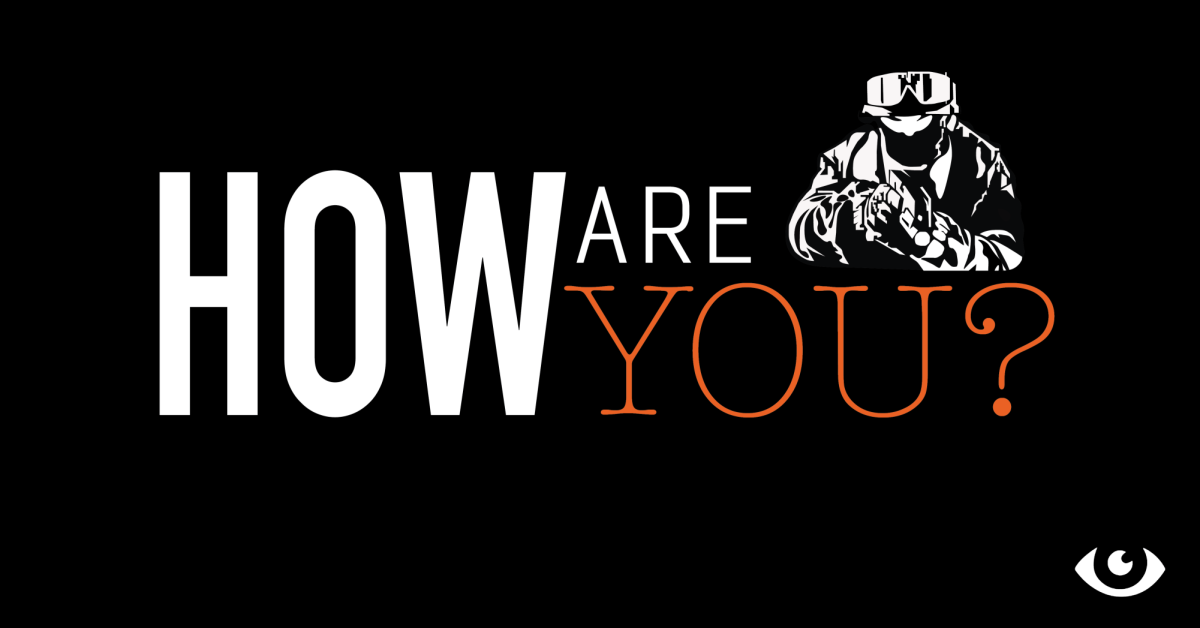



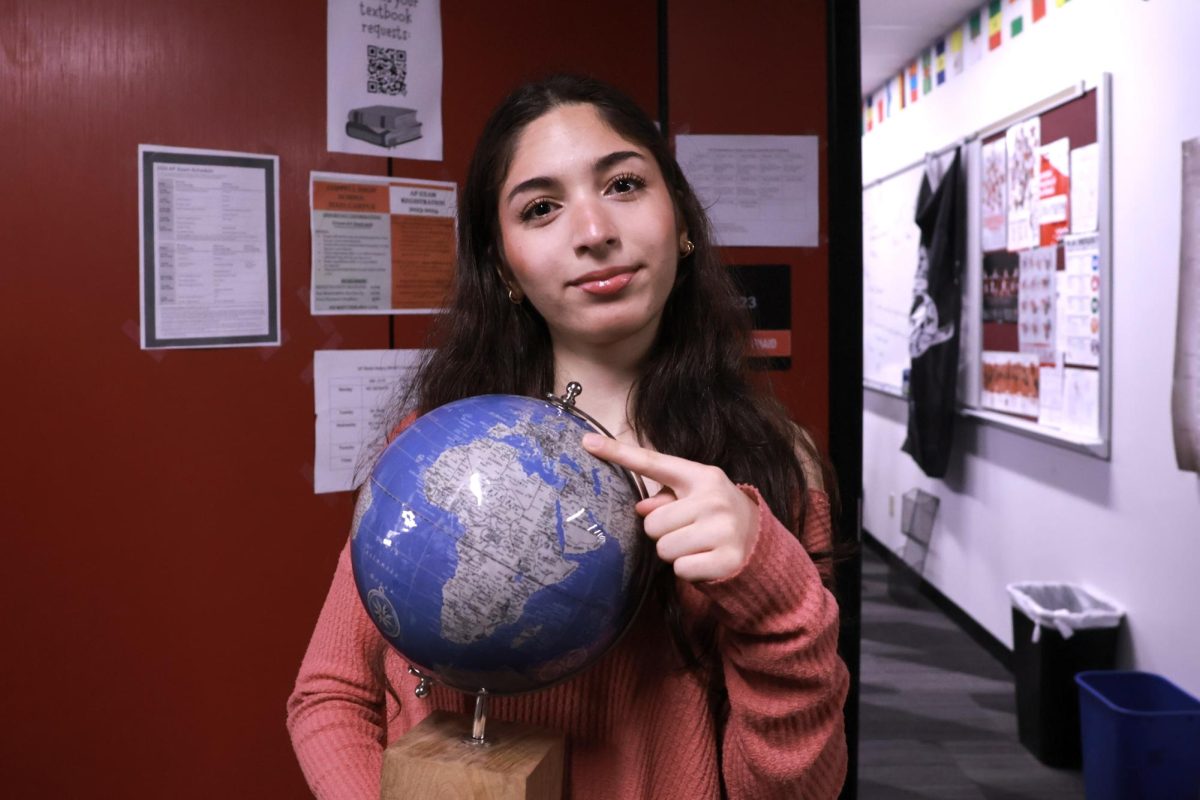

![Junior Aneesh Patil displays photos of his family on a vacation in Chicago. His family reunited in the U.S. after being apart from his father for a year. “I didnt want to come to U.S. at the beginning [but my sons] were missing their dad,” his mother Anu said. “That was the reason I had to move here.](https://bestofsno.com/wp-content/uploads/2024/05/Hsiao_20240308_IDMag_AneeshPatil_23-1200x799.jpg)
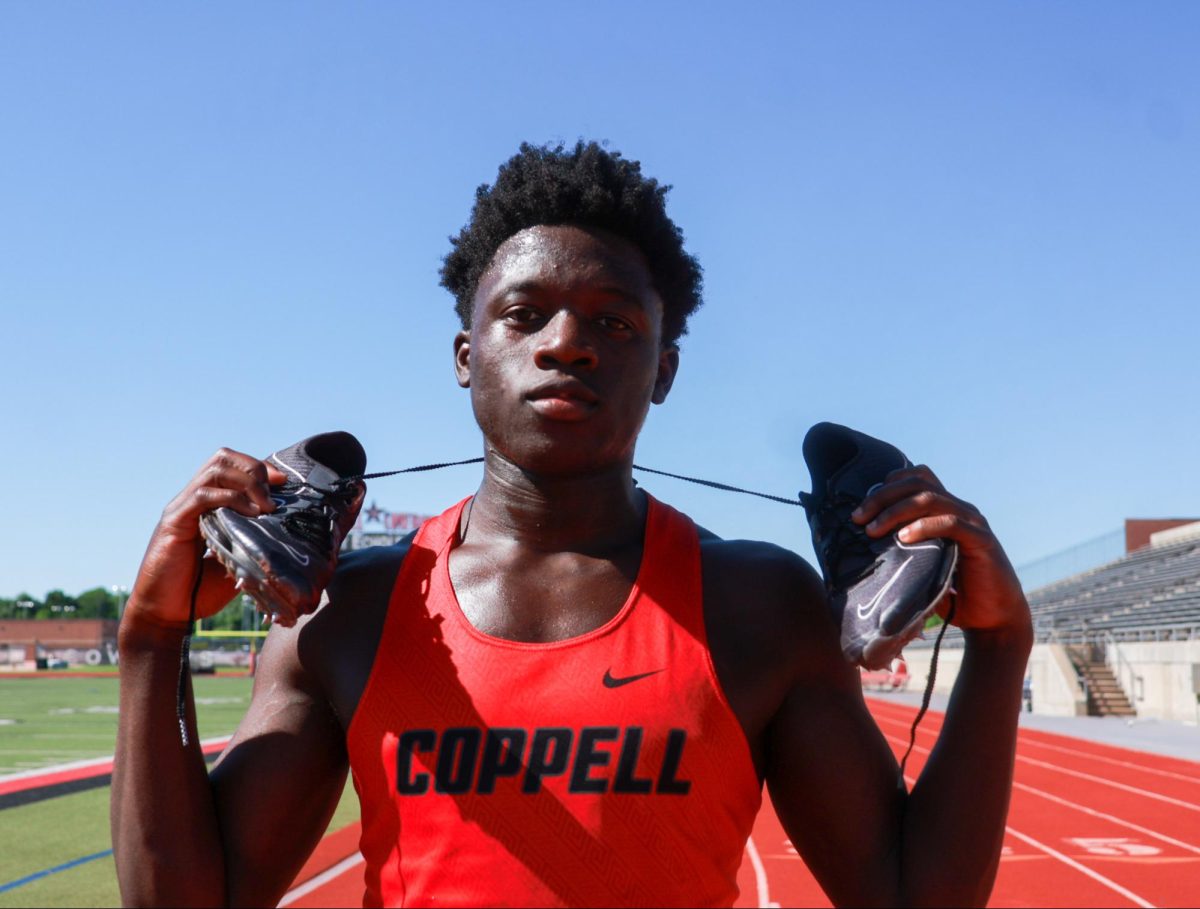
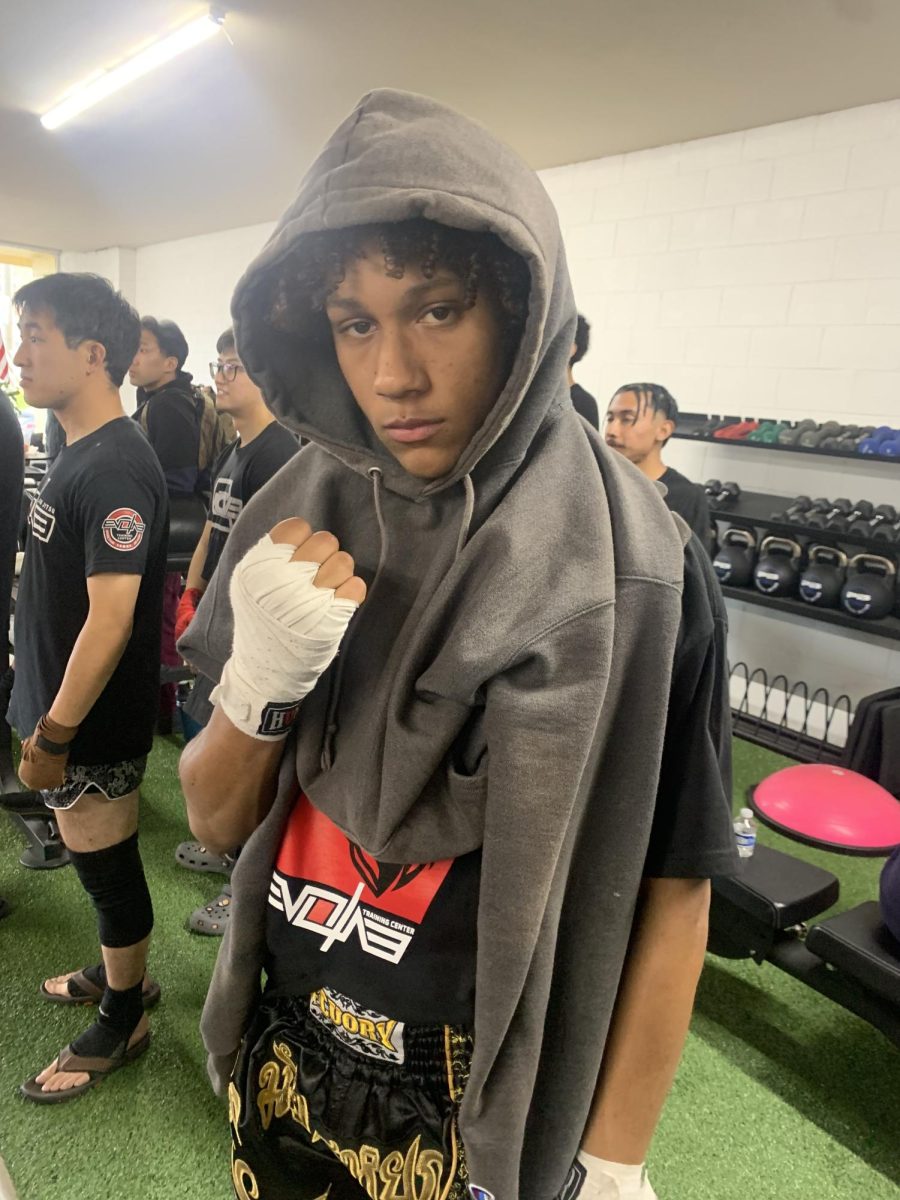
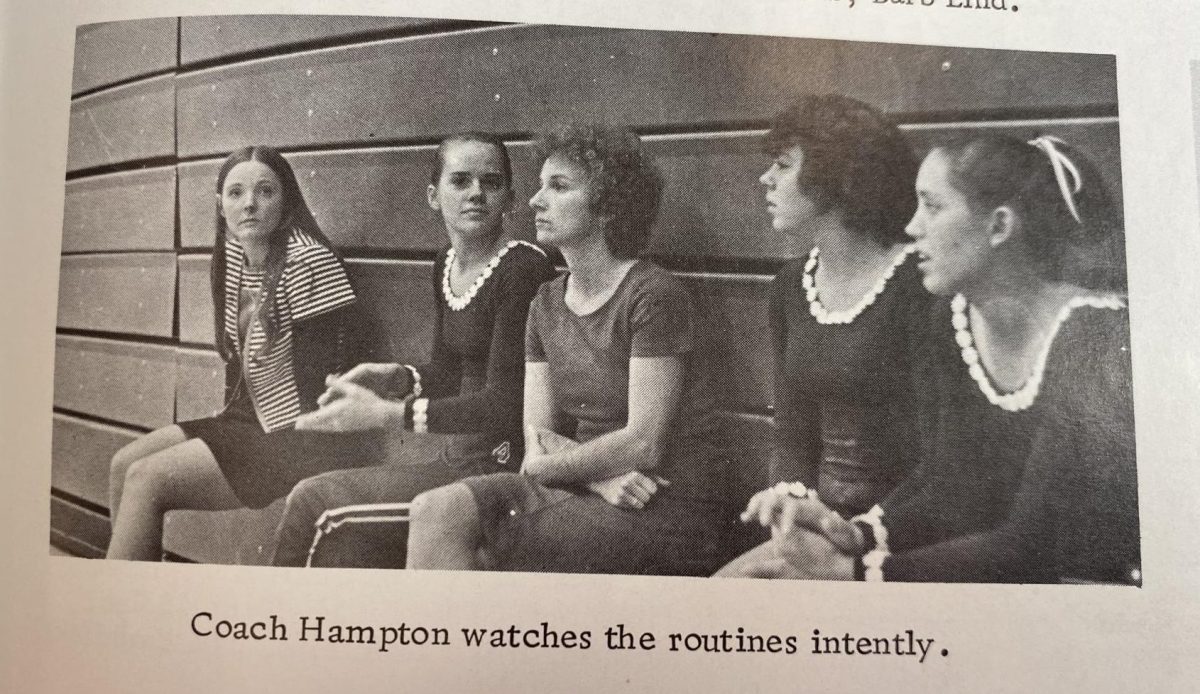


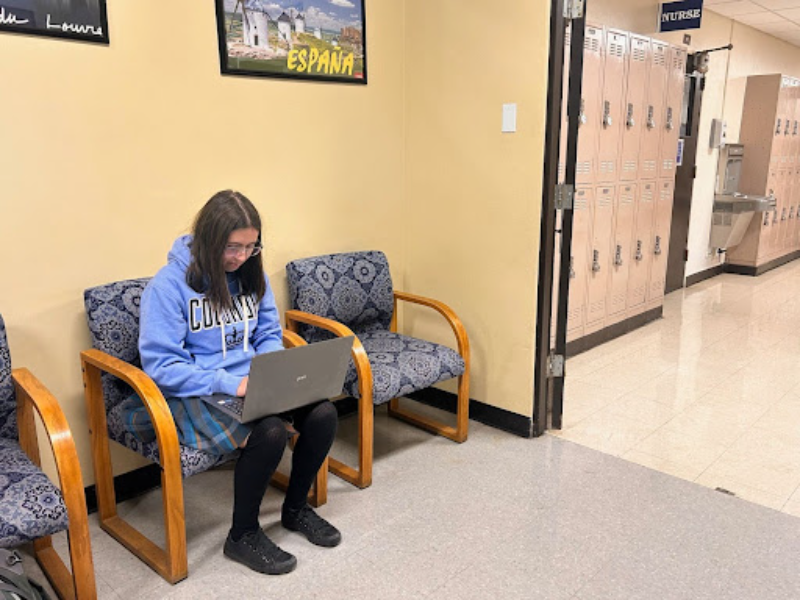
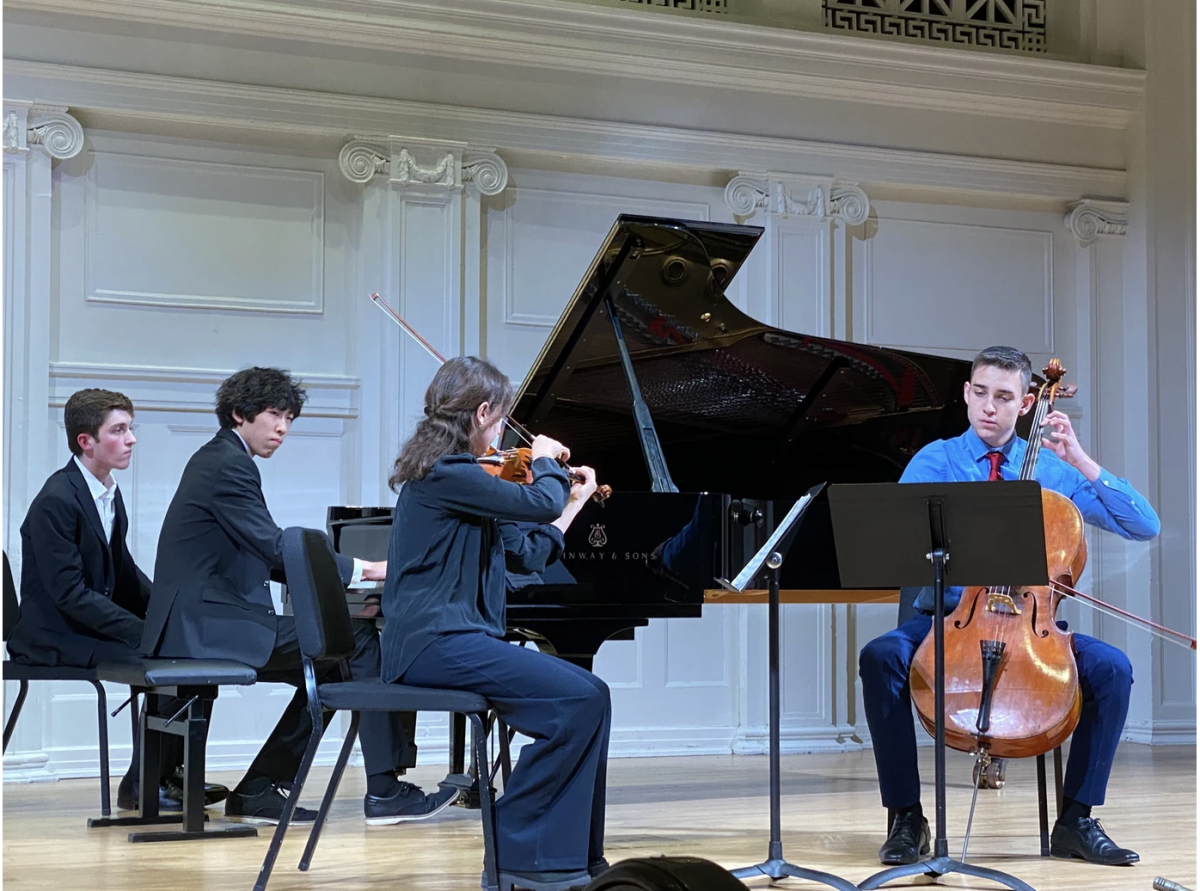


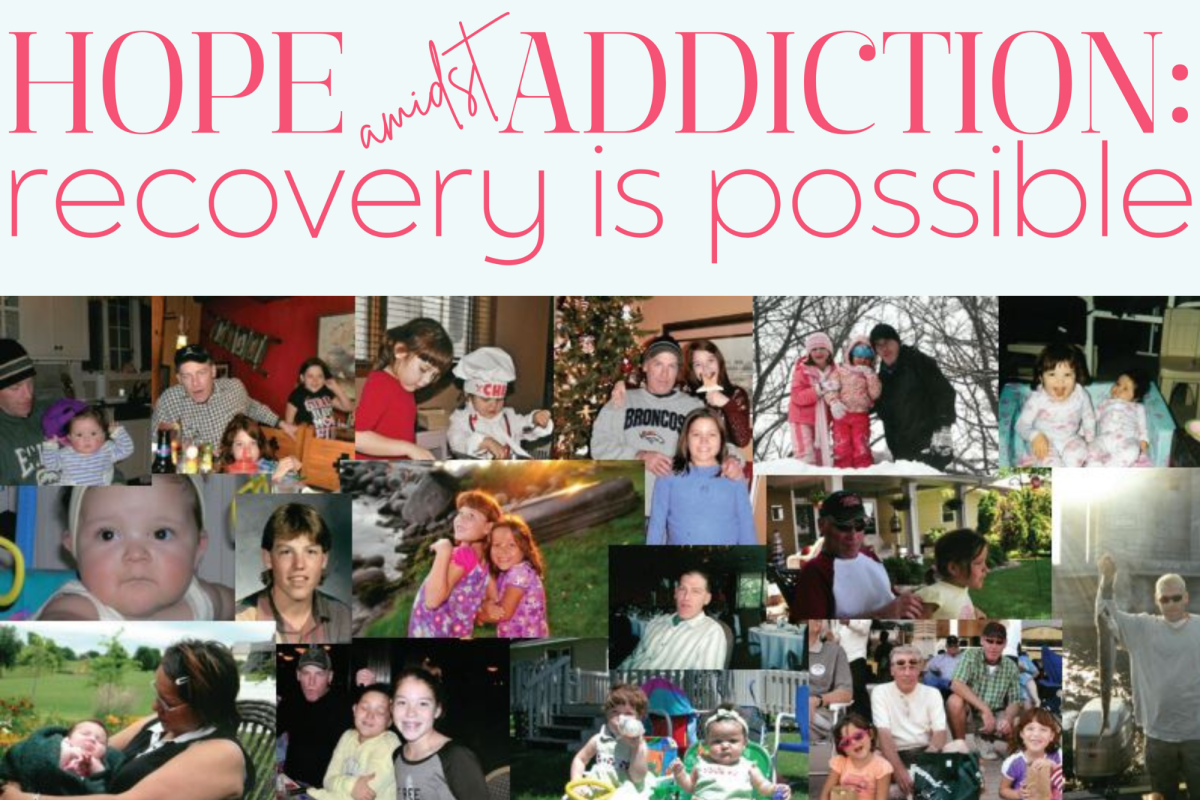


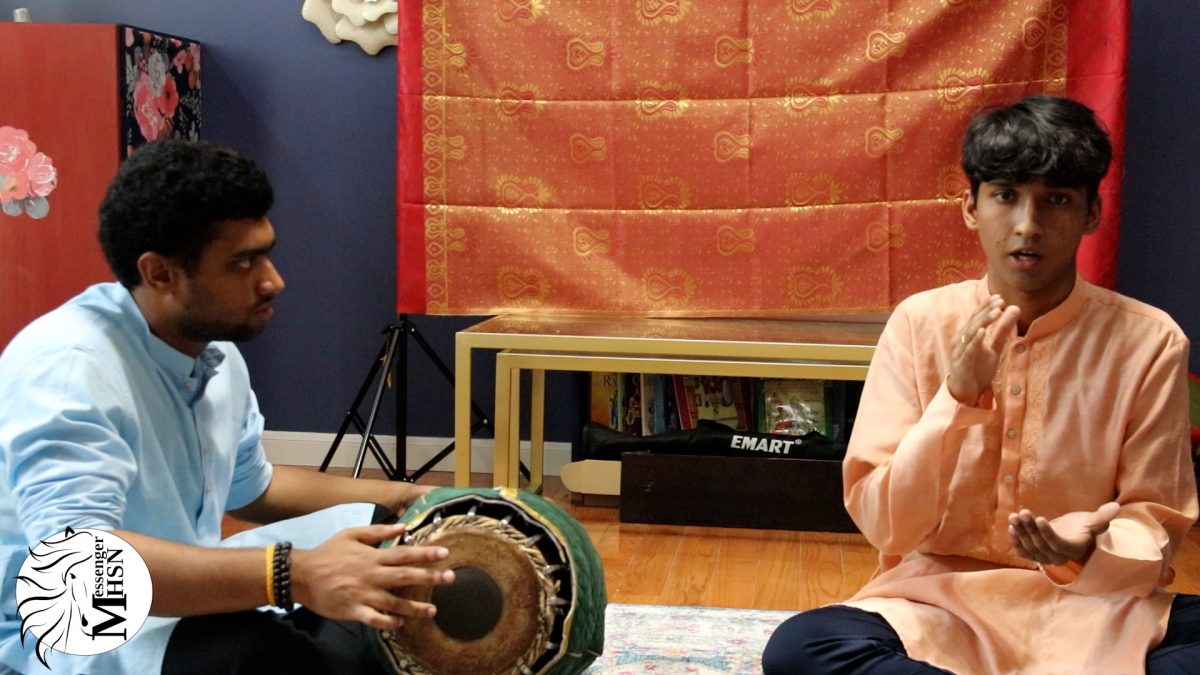

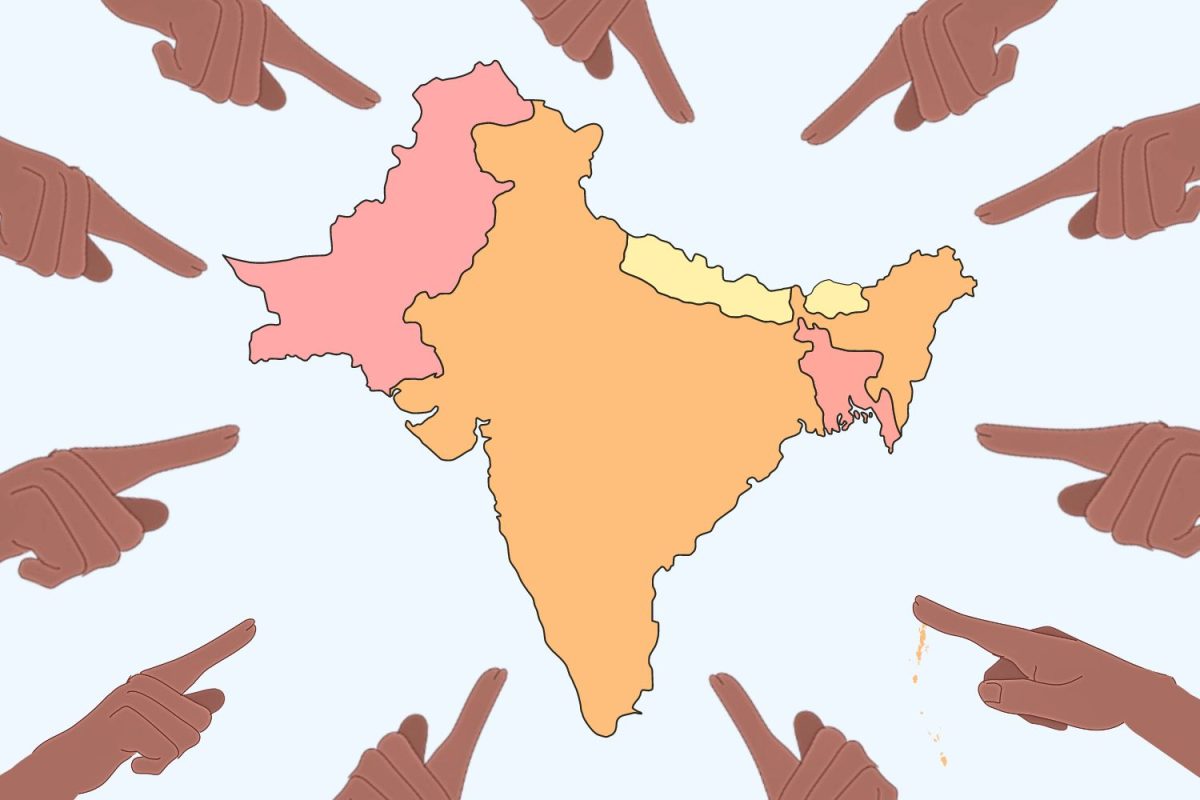
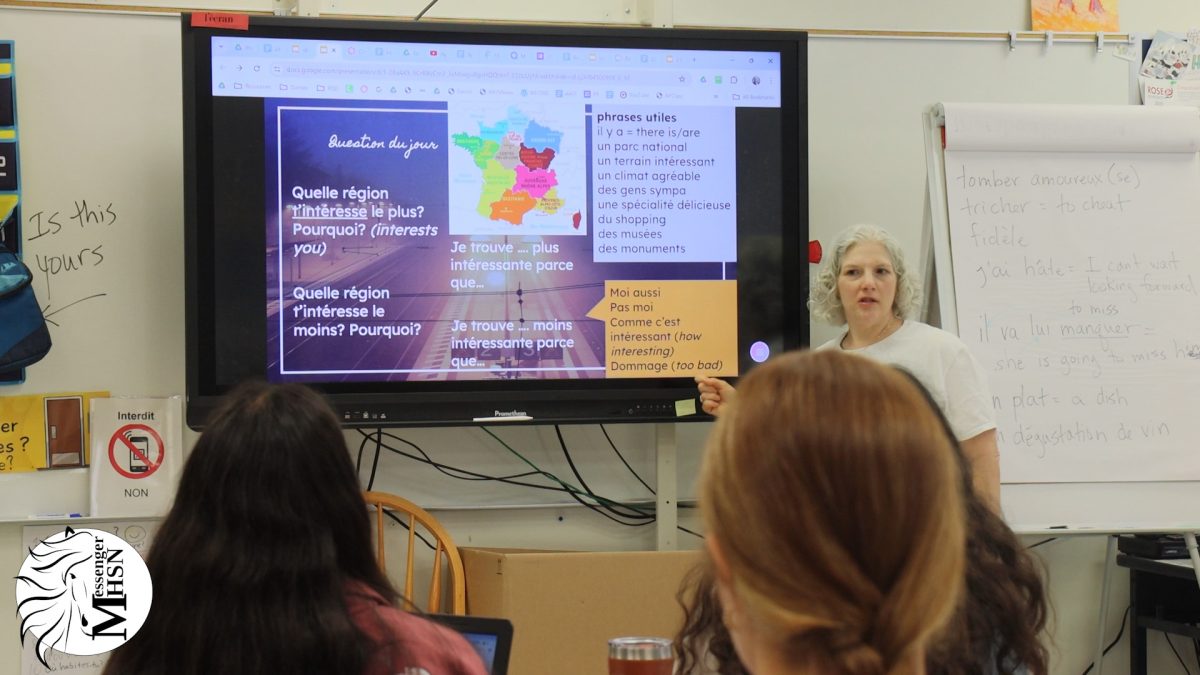

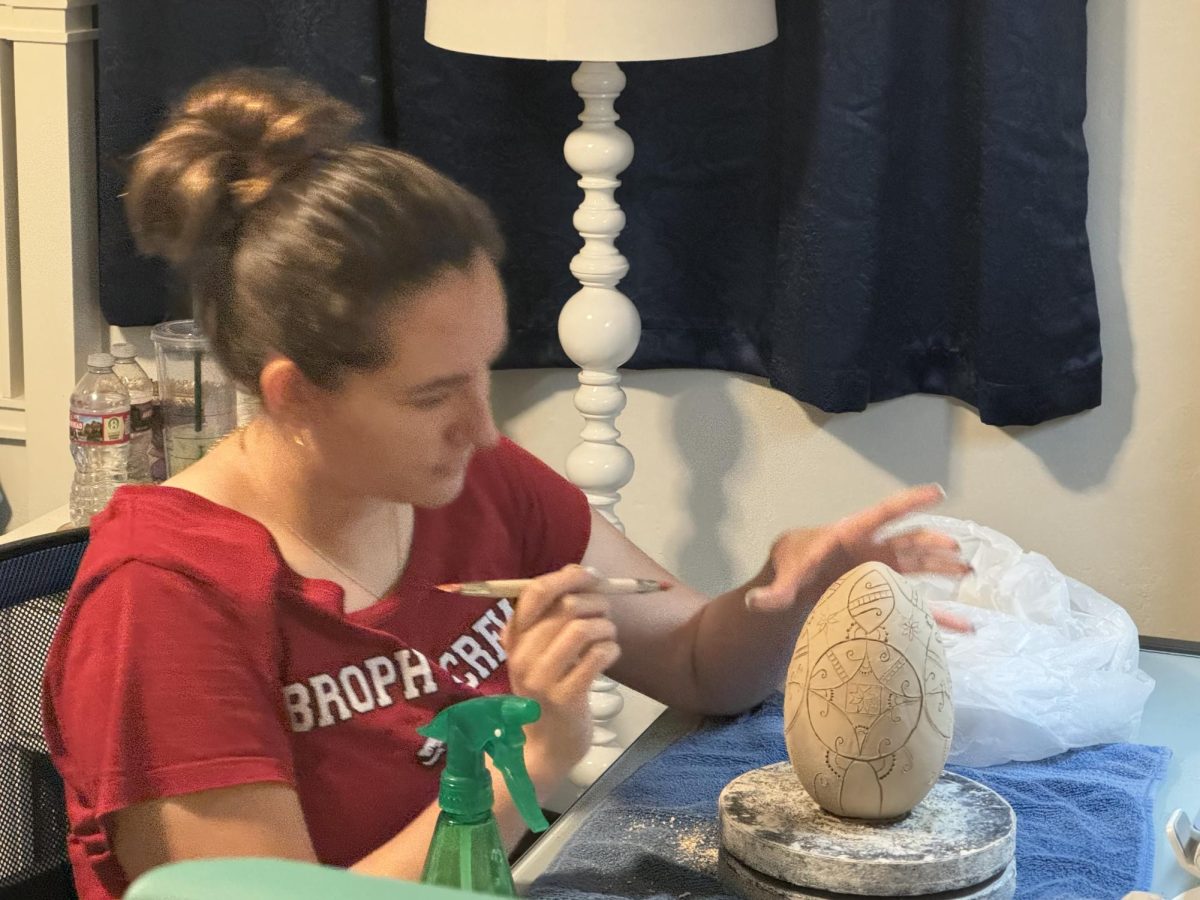

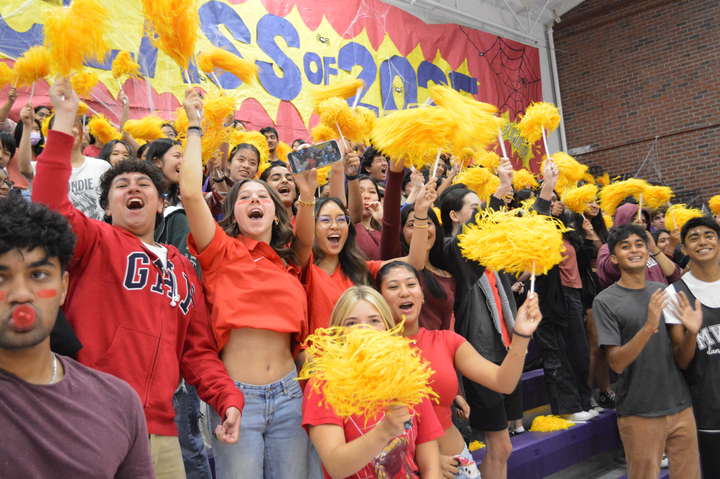


![IN THE SPOTLIGHT: Junior Zalie Mann performs “I Love to Cry at Weddings,” an ensemble piece from the fall musical Sweet Charity, to prospective students during the Fine Arts Showcase on Wednesday, Nov. 8. The showcase is a compilation of performances and demonstrations from each fine arts strand offered at McCallum. This show is put on so that prospective students can see if they are interested in joining an academy or major.
Sweet Charity originally ran the weekends of Sept. 28 and Oct. 8, but made a comeback for the Fine Arts Showcase.
“[Being at the front in the spotlight] is my favorite part of the whole dance, so I was super happy to be on stage performing and smiling at the audience,” Mann said.
Mann performed in both the musical theatre performance and dance excerpt “Ethereal,” a contemporary piece choreographed by the new dance director Terrance Carson, in the showcase. With also being a dance ambassador, Mann got to talk about what MAC dance is, her experience and answer any questions the aspiring arts majors and their parents may have.
Caption by Maya Tackett.](https://bestofsno.com/wp-content/uploads/2024/02/53321803427_47cd17fe70_o-1-1200x800.jpg)
![SPREADING THE JOY: Sophomore Chim Becker poses with sophomores Cozbi Sims and Lou Davidson while manning a table at the Hispanic Heritage treat day during lunch of Sept 28. Becker is a part of the students of color alliance, who put together the activity to raise money for their club.
“It [the stand] was really fun because McCallum has a lot of latino kids,” Becker said. “And I think it was nice that I could share the stuff that I usually just have at home with people who have never tried it before.”
Becker recognizes the importance of celebrating Hispanic heritage at Mac.
“I think its important to celebrate,” Becker said. “Because our culture is awesome and super cool, and everybody should be able to learn about other cultures of the world.”
Caption by JoJo Barnard.](https://bestofsno.com/wp-content/uploads/2024/01/53221601352_4127a81c41_o-1200x675.jpg)
